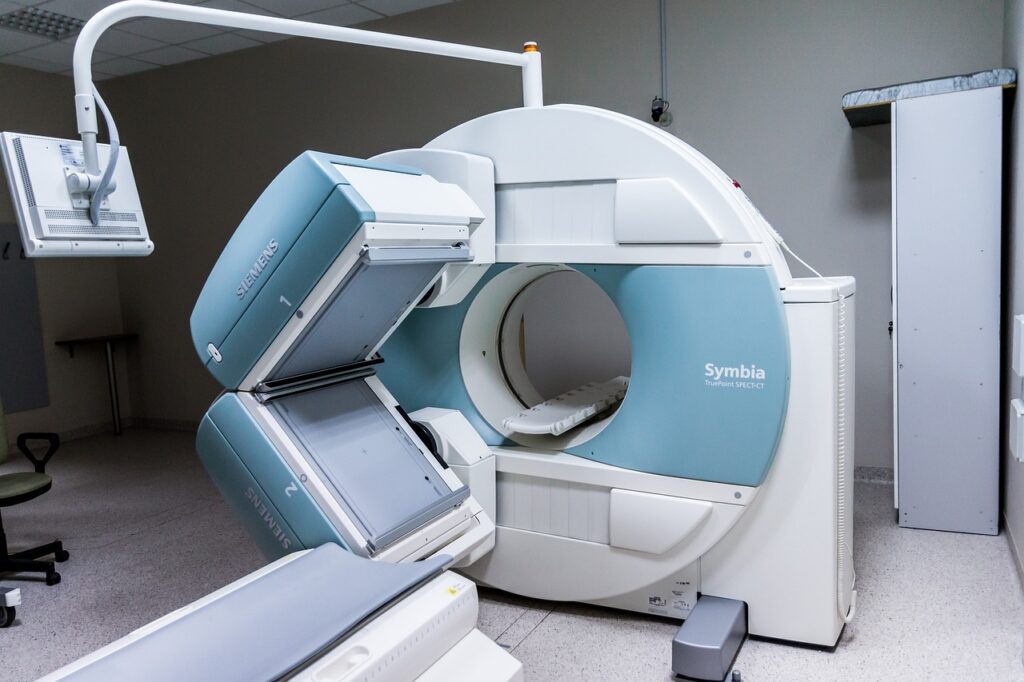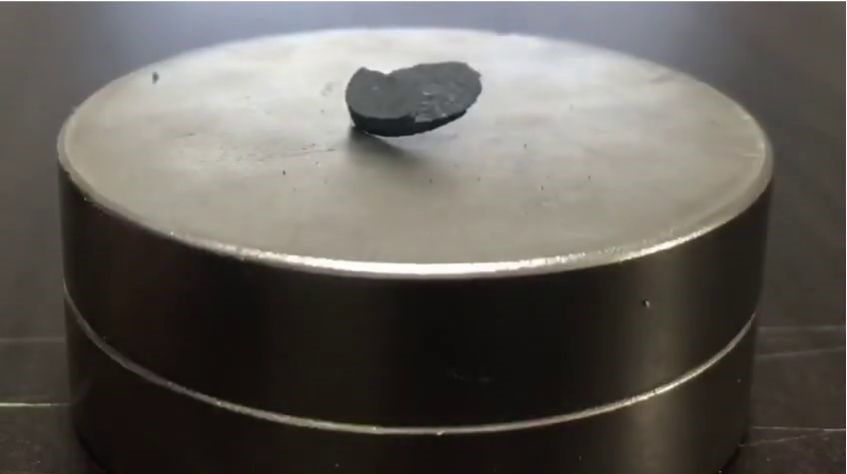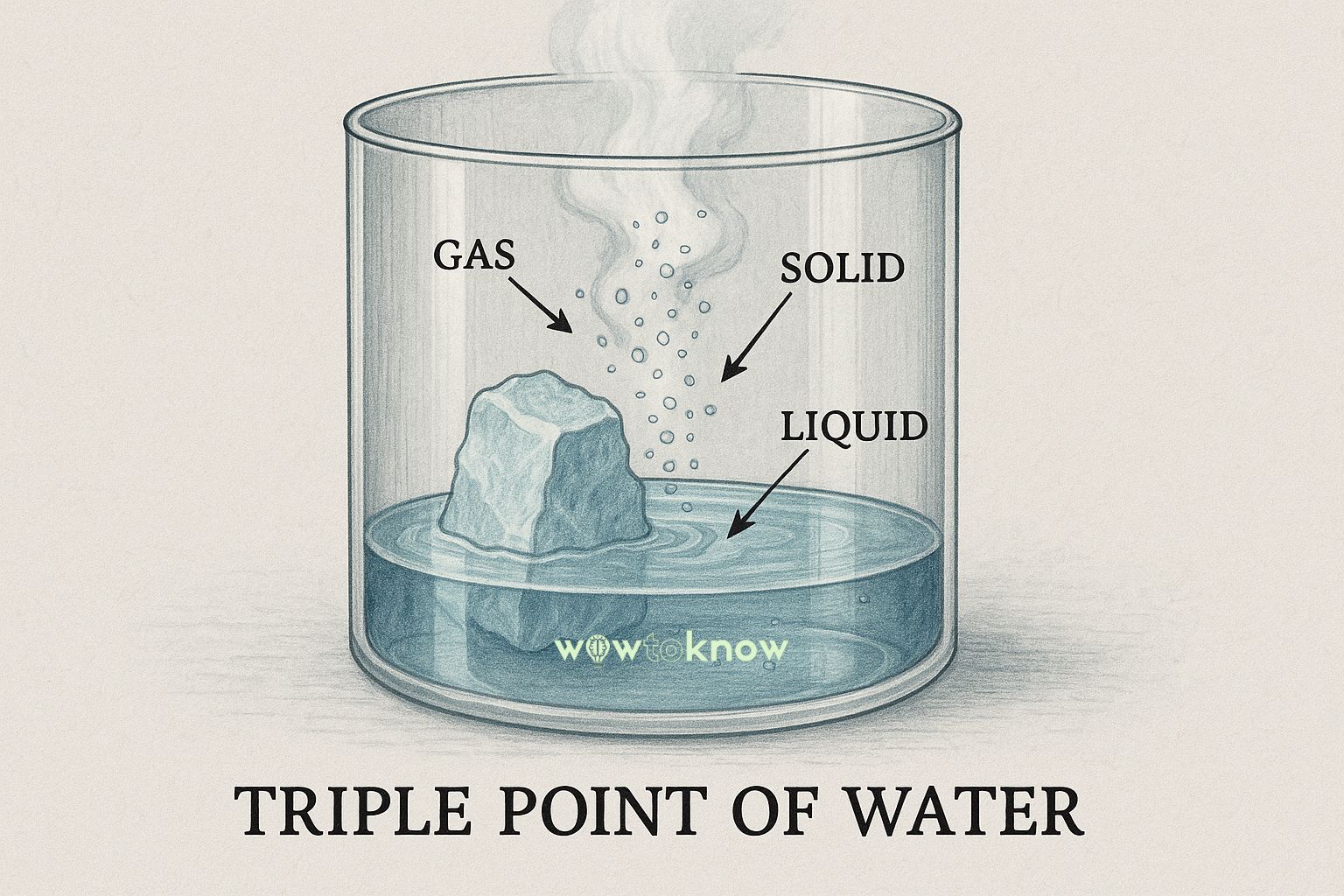Korean scientists claim to have discovered the first room-temperature superconductor efficient at normal atmospheric pressure. It is called LK-99. Does this mean we’ll soon have cheap energy, superfast computers, and levitating trains everywhere? Let’s check this out.
What Is LK-99?
LK-99 is a potential superconductor material. It’s a grey-black metallic compound made from lead and copper.
Researchers from South Korea announced the discovery of its superconducting properties on July 22, 2023. They claimed to have succeeded in synthesizing the first superconductor working at room temperature and ambient (i.e. normal) atmospheric pressure.
What’s the Hype About LK-99?
If the South Korean researchers’ claims turn out to be true, this would be a real technological breakthrough. By its potential impact, the discovery of a room-temperature superconductor could be compared to the invention of the transistor.
Among a lot of other astonishing advancements, it holds the potential to tackle global energy challenges, boost computing speeds, enable revolutionary memory-storage devices, and create highly sensitive sensors.
To fully understand the implications, it’s important to know how superconductors help us now and what they would be capable of when superconducting at room temperature.
What Is a Superconductor?
A superconductor is a material capable of conducting electricity without resistance. This means that when an electric current starts flowing through a superconductor, it can keep flowing indefinitely without losing any energy.
How Do Superconductors Work?
Superconductors work because of a phenomenon called – surprise, surprise – superconductivity.
At extremely low temperatures, usually near absolute zero (about -273 degrees Celsius or -459 degrees Fahrenheit), the electrons in the material pair up and form what are called “Cooper pairs.” These pairs move through the material without scattering, which results in zero electrical resistance.
Why Are Superconductors Important?
Superconductors have the potential to revolutionize many aspects of technology. Since they can conduct electricity without loss, they could lead to much more efficient power transmission, more powerful magnets, faster electronics, and more advanced medical devices.
What Are Current Real-World Superconductor Applications?

These are some examples of how superconductors are currently being used in practical applications:
Magnetic resonance imaging (MRI). Superconducting magnets are widely used in hospitals for MRI machines. They provide detailed and high-resolution images of internal body structures for medical diagnosis.
Particle accelerators. Superconducting magnets are utilized in various particle accelerators worldwide, such as the Large Hadron Collider (LHC) at CERN. They are used to accelerate and control particles for fundamental research in particle physics.
Magnetic levitation (Maglev) trains. Superconducting Maglev trains are operational in some countries, including Japan and China, for high-speed and low-friction transportation.
Magnetic storage. Superconducting magnetic energy storage (SMES) systems are used to store electrical energy in some power grids for emergency backup and load-balancing purposes.
Fault current limiters. Superconducting fault current limiters (SFCL) are used in power grids to protect against electrical faults and surges.
Superconducting quantum devices. Superconducting materials are employed in certain quantum computing and quantum communication experiments and prototypes.
Research magnets. Superconducting magnets are widely used in scientific research to produce strong and stable magnetic fields for analysis and imaging. Superconductivity helps scientists with such techniques as nuclear magnetic resonance (NMR) spectroscopy and magnetic resonance imaging (MRI).
Fusion research. Superconductors are utilized in experimental fusion reactors like the Joint European Torus (JET) and the International Thermonuclear Experimental Reactor (ITER). They are used to generate and contain the high-temperature plasma needed for nuclear fusion.
What Are Some Examples of Superconductors?
Some common examples of superconductors include metals like niobium-titanium and niobium-tin alloys.
There are also ceramic superconductors known as high-temperature superconductors (HTS). They can operate at less extreme, though still very cold, temperatures.
What Are High-Temperature Superconductors?
High-temperature superconductors (HTS) are a special type of superconductor that can operate at relatively “high” temperatures.
“Relatively” is a very important word here. For superconductors, temperatures are high when they are above the boiling point of liquid nitrogen. That’s -196 degrees Celsius or -321 degrees Fahrenheit.
This allows for the use of cheaper and more practical cooling methods compared to traditional superconductors, which require much colder conditions.
What Is the Highest-Temperature Superconductor?
Lanthanum hydride (LaH10) was reported to exhibit superconductivity at around -23 degrees Celsius (-9 degrees Fahrenheit).
The catch is that this and most other high-temperature superconductors exhibit superconductivity only when subjected to extremely high pressure. For LaH10, it’s approximately 150 gigapascals (GPa), which is roughly 1,478,217 times higher than normal atmospheric pressure.
At such high pressure, the material’s crystal structure undergoes significant changes. They lead to the emergence of superconductivity at a relatively higher temperature compared to other high-pressure superconductors.
Achieving and maintaining such high pressures is a significant challenge though. Practical applications of these high-pressure superconductors require further research and technological advancements.
What Is the Highest-Temperature Ambient-Pressure Superconductor?
Cuprate superconductors hold the record here. They exhibit superconductivity at temperatures up to 138 K (−135 °C) at normal (ambient) atmospheric pressure.
Cuprates are made of layers of copper oxides (CuO2) mixed with layers made of oxides of other metals.
Cuprates are used in power transmission, quantum computing, and levitating trains.
What Are Some Other Examples of High-Temp Ambient-Pressure Superconductors?
Yttrium barium copper oxide (YBCO or Y-123) is one of the first high-temperature superconductors discovered. It can superconduct at temperatures above the boiling point of liquid nitrogen (-196 degrees Celsius or -321 degrees Fahrenheit) under ambient pressure. YBCO is widely used in various applications, including in superconducting wires and devices.
Bismuth strontium calcium copper oxide (BSCCO or B-2223) is another high-temperature superconductor that can operate at temperatures above the boiling point of liquid nitrogen under ambient pressure. It is commonly used in the production of superconducting wires and tapes.
Why a Room-Temp Superconductor Would Be a Breakthrough?
A room-temperature superconductor would be a massive breakthrough because it could conduct electricity without resistance at temperatures that are comfortable and practical for everyday use.
This means we wouldn’t need expensive and complex cooling systems, making superconductors more accessible for a wide range of applications.
How Would a Room-Temp Superconductor Change the World?

If we had a room-temperature superconductor, it would revolutionize various industries.
Power transmission and distribution would become much more efficient, reducing energy wastage and lowering electricity costs.
Electronic devices could be faster and more powerful while consuming less energy.
Magnetic levitation (Maglev) trains could become more practical and widespread.
Medical imaging devices like MRI machines could be more compact and economical.
Essentially, it would usher in a new era of highly efficient and advanced technologies, transforming many aspects of our lives.
Why Many Scientists Are Sceptical About LK-99?
The first reports of room-temperature superconductors date back to the 1990s. It’s easy to guess that all of them were later dismissed. Just like multiple similar claims from the 2000s, 2010s, and recent years.
A room-temperature superconductor is the Holy Grail for many scientists. Research in this field is extensive and crowded. Where there is a crowd, unverified or simply false claims are to be expected.
The quality of the papers about the discovery of LK–99 has also been criticized. Many scientists point out that original LK-99 research lacks proper analysis and a pure sample of LK-99.
When Are We Going to Know If LK-99 Is Really a Breakthrough?
The discovery of LK-99 has sparked a real race among renowned scientists and amateur researchers alike. Numerous teams have been trying to replicate what was allegedly achieved by the original LK-99 researchers.
Sadly, the results are not entirely encouraging so far. For instance, both the National Physical Laboratory of India and the Korean Society of Superconductivity and Cryogenics came to the conclusion that LK-99 is not superconductive.
Researchers from the Physics Department at Southeast University in Nanjing, China, have announced a more encouraging finding. They were able to measure zero electrical resistance in a sample of LK-99 that they synthesized themselves. This lack of resistance is a crucial characteristic of superconductivity.
However, they achieved this state at a very cold temperature of -163°C, rather than the higher room temperature claimed in the original paper.
Compared to the researchers, theorists are more optimistic about LK-99’s superconductivity. A number of universities and laboratories including the Lawrence Berkeley National Laboratory in California made calculations to predict the properties of LK-99. These calculations confirm that such a compound could manifest superconductivity at room temperature.
However, the theorist explored the compound as it was described by the original LK-99 paper. Researchers are yet to confirm that LK-99 does have such properties.
The pace of the race to replicate LK-99’s superconductivity at room temperature suggests that the final verdict is close. We’ll likely discover if the original research was genuine in the coming weeks, if not days.
Conclusion
So, is LK-99 the first room-temperature, ambient-pressure superconductor? The answer is we don’t know yet. This compound definitely sparked global excitement but it was followed by widespread scientific skepticism.
While some theoretical calculations suggest the possibility of room-temperature superconductivity, experts advise caution and patience until further evidence is obtained.








Hey all, anyone checking out gà chọi c1.com trực tiếp? Let me know what you think! Always on the lookout for the best places to watch.